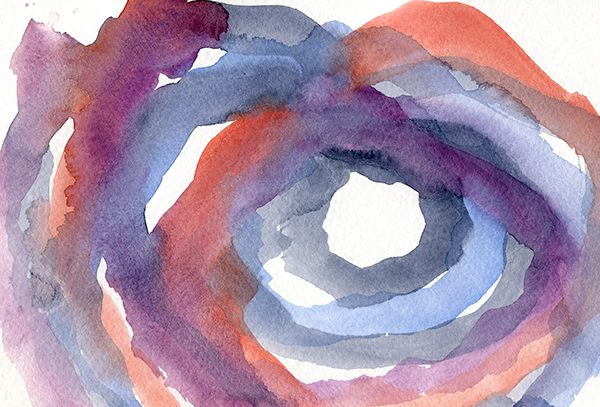December creeps on, its short days contributing to my dark mood. Shadowed, I am sure, by the pandemic and lack of festivities that result. (It seems inappropriate to celebrate with 300,000 dead in this country alone.) I’m also recognizing the emotional whiplash I often feel around this time each year. with MS on December 12, 1981. Passing this anniversary always finds me counting the cost. On the other hand, the new year is coming and generates an anticipatory sizzle as I think about what I might reinvent next year. What a mixed bag of emotions I hold!
I recently read a summary of Pema Chodron’s three steps to emotional transformation:: refrain, reframe, and relax. First, she says, you need to learn to identify your emotions and recognize when you get hooked by them. Then, stop yourself from acting on difficult emotions when they arise. Shift your experience of the emotions from negative to positive. Finally, settle into the energy of intense emotions and work with them instead of pushing against them.
Becoming aware
Teasing apart the giant hairball of emotions within me, I’m feeling
- Grief about my physical losses over the last 40 years.
- Sadness about the loss of life around me over the last nine months.
- Anger over others not taking the coronavirus seriously.
- Hope in the promise of new vaccines.
- Excitement around plans for next year.
- Anxiety about what the future might hold.
My recent lack of creative activity accompanied by background frustration tells me I’ve been hooked for the last couple weeks. My pattern is not to act out when I’m in emotional distress. Rather I allow them to tunnel inward and become depression. I have felt it lapping at my heels lately. I feel it as heaviness as I use fiction (in print and on screen) to numb uncomfortable feelings.
Let me clean up my sloppy language and explore the differences between sadness, grief, and depression. Sadness is a feeling of loss. Having experienced it increases our compassion for others. Grief is a response to tremendous loss. Like all healthy emotions, grief arises, is with us for a while, and then subsides. Depression happens when we have felt sadness or grief for a long time as a steady-state. It is accompanied by loss of interest in things that you used to enjoy, social isolation, and sometimes thoughts of self-harm. I know from experience that it arises when I avoid feeling what I feel.
Finding positive purpose
Emotions serve a purpose. If I can identify those purposes, I can see the positive messages they send me.
- Sadness is cathartic and can relieve tension. It washes us clean.
- Anger gives us energy to make a change, as does excitement.
- Hope is a silver strand of energy that pulls us forward
- Anxiety signals that (A) we are not living in the present moment and (B) we are overwhelmed.
Understanding the source and purpose of emotions helps us understand them. Writing in a journal or talking to a good friend or counselor helps us express them.
Letting go
In the end, I want to let the emotions wash through me, identifying how I feel them in my body. There is nothing to fix, no action to be done. Having these emotions doesn’t make me bad or good. They are aside effects of being human. I can just sit companionably with whatever is there until it dissolves
Pema Chodron’s slogan “refrain, reframe, and relax” helps me remember how to deal with intense emotion when they threaten to overwhelm me.

